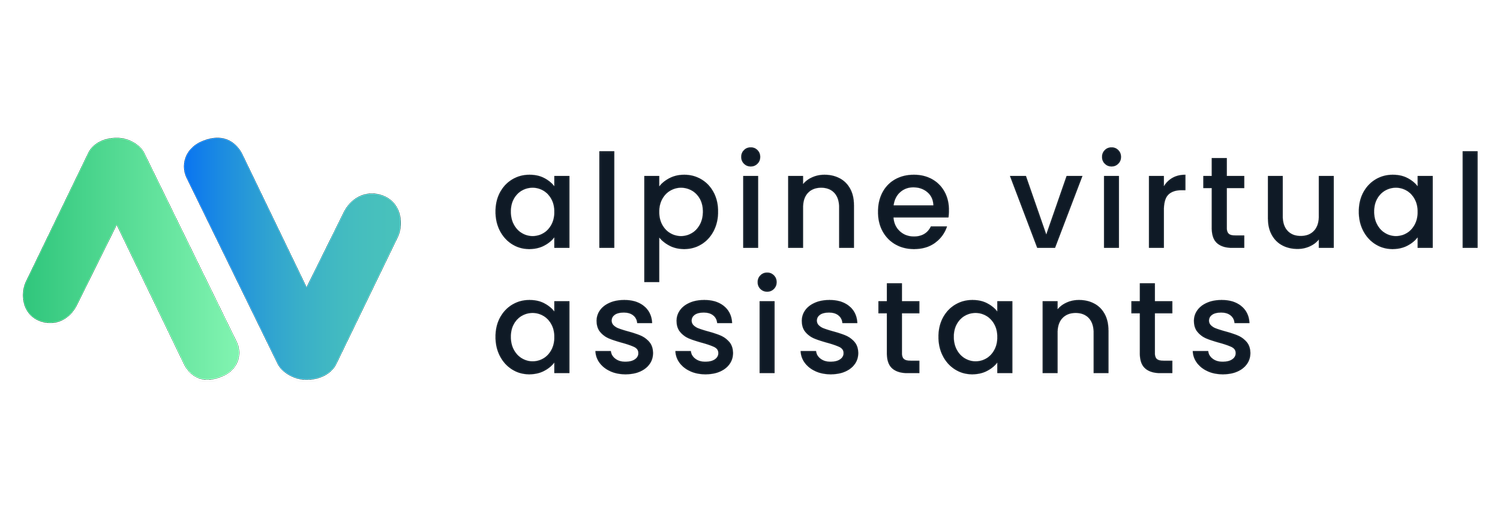Streamlining Your Business: The Ultimate Guide to AI Task Automation
In today's fast-paced business environment, staying competitive means doing more with less. Companies across industries are discovering that artificial intelligence isn't just a futuristic concept; it's a practical solution for automating routine tasks, reducing operational costs, and freeing up human talent for strategic work. This comprehensive guide will walk you through the basics you need to know about implementing AI task automation in your business.
What Is AI Task Automation?
AI task automation involves using artificial intelligence technologies to perform repetitive, rule-based tasks that traditionally required human intervention. Unlike simple automation tools that follow predetermined scripts, AI automation can adapt to different scenarios, learn from patterns, and make decisions based on data analysis.
The key difference lies in intelligence. While traditional automation executes fixed workflows, AI automation can handle variations, exceptions, and complex decision-making processes. This makes it particularly valuable for businesses dealing with unstructured data, customer interactions, and processes that require some level of judgment.
The Business Case for AI Automation
Organizations implementing AI task automation typically see significant returns on investment. Companies report productivity increases in automated processes while simultaneously reducing error rates. Beyond the numbers, automation addresses critical business challenges, including talent shortages, rising operational costs, and the need for 24/7 service availability.
The COVID-19 pandemic accelerated adoption across industries, with businesses realizing that automated processes are more resilient to disruptions than manual ones. Remote work environments have further highlighted the value of systems that can operate independently of human presence.
Key Areas Prime for AI Automation
Customer Service Operations AI-powered chatbots and virtual assistants can handle routine customer inquiries, process simple transactions, and escalate complex issues to human agents. Modern systems can understand natural language, access customer history, and provide personalized responses across multiple channels.
Data Processing and Analysis AI excels at processing large volumes of structured and unstructured data. Tasks like invoice processing, expense report validation, data entry, and report generation can be automated while maintaining accuracy and compliance standards.
Marketing and Sales Activities Lead scoring, email campaign optimization, social media posting, and content personalization can all benefit from AI automation. These systems can analyze customer behavior patterns and adjust strategies in real-time. Having a VA use these tools will save time but also ensure the work will meet your preferences.
Human Resources Management Resume screening, interview scheduling, employee onboarding, and performance tracking are increasingly automated. AI can identify the best candidates, ensure consistent processes, and reduce bias in hiring decisions. You’ll need to be sure to have a VA managing these tasks to oversee what AI is doing and ensure it’s done accurately.
Financial Operations Accounts payable, reconciliation, fraud detection, and compliance reporting are natural fits for AI automation. These systems can process transactions faster than humans while maintaining detailed audit trails. Again, be sure to have a VA manage this process and check AI work.
Implementation Strategies That Work
Start with a Clear Assessment Before implementing any AI solution, conduct a thorough audit of your current processes. Identify tasks that are repetitive, time-consuming, and rule-based. Calculate the current cost of these processes in terms of time, resources, and errors.
Choose the Right Technology Stack The AI automation landscape includes various technologies including robotic process automation (RPA), machine learning platforms, natural language processing tools, and computer vision systems. Select tools that align with your specific needs and existing infrastructure.
Pilot Before Scaling Begin with a small-scale implementation in a non-critical area. This allows you to test the technology, train your team, and refine processes before expanding to more important business functions.
Ensure Data Quality AI systems are only as good as the data they process. Invest in data cleaning, standardization, and governance practices before implementing automation. Poor data quality will lead to poor automation results.
Plan for Change Management Successful AI implementation requires more than just technology. Prepare your team for process changes, provide necessary training, and communicate the benefits clearly. Address concerns about job displacement by focusing on how automation will enhance rather than replace human capabilities.
Common Pitfalls and How to Avoid Them
Many businesses make the mistake of trying to automate everything at once. This approach often leads to system failures, user resistance, and wasted resources. Instead, focus on processes with clear ROI potential and manageable complexity.
Another common error is underestimating the importance of human oversight. While AI can handle routine tasks, human judgment remains crucial for exception handling, quality control, and strategic decision-making. Design systems that complement rather than replace human expertise. Hire a VA who is familiar with AI & automations to manage this for you.
Security and compliance considerations are often overlooked in the excitement of automation. Ensure that automated systems maintain the same security standards as manual processes and that they comply with relevant regulations in your industry.
Measuring Success and ROI
Establish clear metrics before implementation to measure the success of your AI automation initiatives. Key performance indicators might include processing time reduction, error rate improvements, cost savings, and employee satisfaction scores.
Track both quantitative and qualitative benefits. While cost savings and efficiency gains are easier to measure, don't overlook improvements in employee morale, customer satisfaction, and strategic capability development. Regular monitoring and optimization are essential. AI systems can degrade over time if not properly maintained, so establish processes for ongoing performance evaluation and improvement.
The Future of AI Task Automation
The field of AI task automation continues to evolve rapidly. Emerging technologies like conversational AI, computer vision, and predictive analytics are expanding the range of tasks that can be automated. Low-code and no-code platforms are making automation accessible to non-technical users.
Integration capabilities are improving, allowing AI systems to work seamlessly across different software platforms and departments. This trend toward unified automation platforms will make it easier for businesses to implement comprehensive automation strategies.
Getting Started Today
Begin your AI automation journey by identifying three to five repetitive tasks that consume significant time and resources. Research available tools and vendors, considering factors like ease of implementation, scalability, and support quality.
Remember that AI task automation is not a destination but a journey. Technology capabilities will continue to expand, and your business needs will evolve. Build flexibility into your automation strategy to adapt to future opportunities and challenges.
The businesses that thrive in the coming years will be those that successfully integrate AI automation into their operations while maintaining human oversight. By starting with clear objectives, choosing appropriate technologies, and maintaining focus on human-AI collaboration, you can position your organization for sustained competitive advantage.
AI task automation represents one of the most significant opportunities for business transformation in decades. The question isn't whether to automate, but how quickly and effectively you can implement these powerful tools to drive your business forward.

